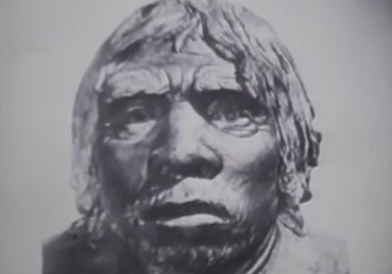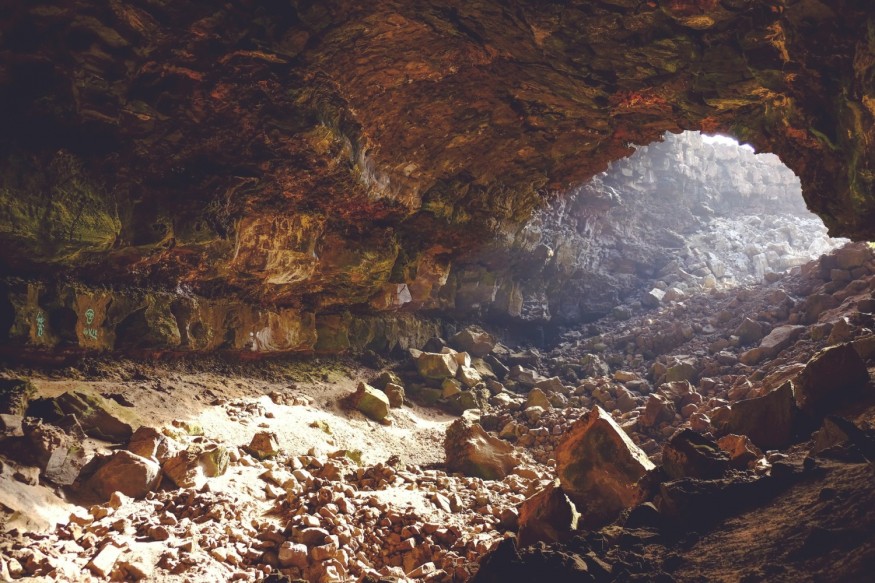The concept that modern people killed off Neanderthals as soon as they arrived from Africa is challenged by discoveries.

Homo sapiens existed in western Europe some 54,000 years ago, according to the discovery of a child's teeth and stone tools in a cave in southern France.
In other words, the two species might have coexisted for thousands of years before previously assumed, showing that they could have coexisted for a long time.
The study was published in the Science Advances journal.
Groundbreaking Study

A team led by Prof Ludovic Slimak of the University of Toulouse uncovered the artifacts in a cave known as Grotte Mandrin in the Rhone Valley. When he realized evidence of an early modern human habitation, he was taken aback.
The authors said they can now show Homo sapiens arrived 12,000 years earlier than we thought and that other Neanderthal population eventually supplanted this group. All of our history books will be rewritten as a result of this.
Neanderthals and Homo Sapiens
As far back as 400,000 years ago, the Neanderthals first appeared in Europe. According to current theories, they went extinct around 40,000 years ago, not long after Homo sapiens arrived from Africa on the continent.
Our species, however, may have arrived considerably earlier than the Neanderthals, and the two species may have coexisted in Europe for more than 10,000 years until the Neanderthals died extinct.
This, according to Prof Chris Stringer of the Natural History Museum in London, undermines the prevalent notion that our species swiftly overran the Neanderthals in terms of size and number.
Stringer told BBC News that it wasn't an instant takeover by contemporary humans "It was more finely balanced when Neanderthals had the advantage and when modern people had the advantage.
At the site, archaeologists discovered fossil evidence from numerous levels. They were able to look further back in time the deeper they delved. The bones of Neanderthals who lived in the area for around 20,000 years were found in the lowest levels.
Taking Time
However, the team was pleasantly surprised to discover a contemporary human child's teeth in a stratum going back roughly 54,000 years and certain stone tools that were not connected with Neanderthals.
The evidence implies that this first group of people only stayed at the site for a short time, maybe 2,000 years, after which it was abandoned. The Neanderthals returned to the location in the next thousand years, inhabiting it for many thousand more years before modern humans arrived around 44,000 years ago.
Prof Stringer explains, "We have this ebb and flow." It appears momentarily; then, there is a pause where the environment may have wiped off the Neanderthals and when they return.
Another important finding was the linkage of the stone tools found in the same strata as the child's teeth with contemporary people. Similar tools have been recovered in a few other places, including the Rhone Valley and Lebanon, but scientists had never determined which species of humans manufactured them.
Comparing Tools
According to some scholars, some of the smaller tools may be arrowheads. That will be quite a find if it is confirmed: an early group of modern humans deploying superior weaponry such as bows and arrows to defeat the Neanderthals 54,000 years ago. However, if such was the case, it was only for a short time, since the Neanderthals returned.
Networking

Scientists have proposed several theories, including our ability to create art, language, and potentially a superior brain. On the other hand, Prof. Stringer feels it was because we were better organized.
"We were better at networking, we had larger social groups, we had greater knowledge storage, and we were able to build on that knowledge," he added.
According to Prof Stringer, the hypothesis of a lengthy association with Neanderthals fits well with the revelation revealed in 2010 that contemporary humans carry a small quantity of Neanderthal DNA, implying that the two species interbred.
They will, however, come closer to the truth about what truly happened at the end of the Neanderthal epoch with more data, DNA, and discoveries.
Also Read : 5 Most Important Fossil Discoveries in the World
For more prehistoric news, don't forget to follow Nature World News!
© 2025 NatureWorldNews.com All rights reserved. Do not reproduce without permission.





